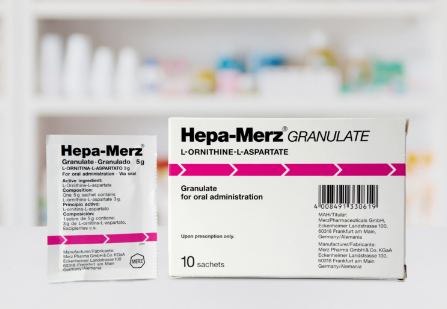
In fatty liver disease, the fat content of the liver cells is greatly increased. The liver becomes larger, heavier and takes on a „fat-yellow“ colour. In general, a distinction is made between non-alcoholic fatty liver (non-alcoholic steatohepatitis) and alcoholic fatty liver.

Fatty liver is caused by excessive alcohol consumption. Alcohol leads directly to the storage of fat and can damage liver cells. This can lead to swelling of the liver, as well as liver inflammation.
Causes
- Alcoholism
- Unbalanced calorie-rich diet
- Diabetes mellitus (especially type 2 diabetes) and other hormonal disorders
- Disorders of fat metabolism (e.g. obesity, overweight)
- Some intestinal diseases
Symptoms
A moderately pronounced fatty liver usually causes no symptoms at all or at most very slight and unspecific symptoms. This is because there are no pain receptors in the liver, so the liver cannot „hurt“.
Symptoms that can hint at a fatty liver are:
- feeling of fullness
- feeling of pressure in the liver area
- complaints when lying on the right side
- flatulence
- general physical and mental reduction in performance
Diagnosis
Physical exam
Examining your abdomen can help identify an enlarged liver – a sign of inflammation.
Blood tests
Higher than normal liver enzymes can be a sign of liver inflammation.
Imaging procedures
An ultrasound or other imaging studies, such as CT or MRI scans, can help detect fat in your liver.
Liver biopsy
A liver biopsy is the best way to diagnose a fatty liver. A small piece of tissue is removed and examined to determine the status of your liver.
Therapy
To reduce the risk for fatty liver or in an early stage of the disease, following these general recommendations help you improve the health of your liver:
- lose weight
- control your blood sugar
- reduce intake of sugars and saturated fats
- limit or avoid alcoholic beverages

